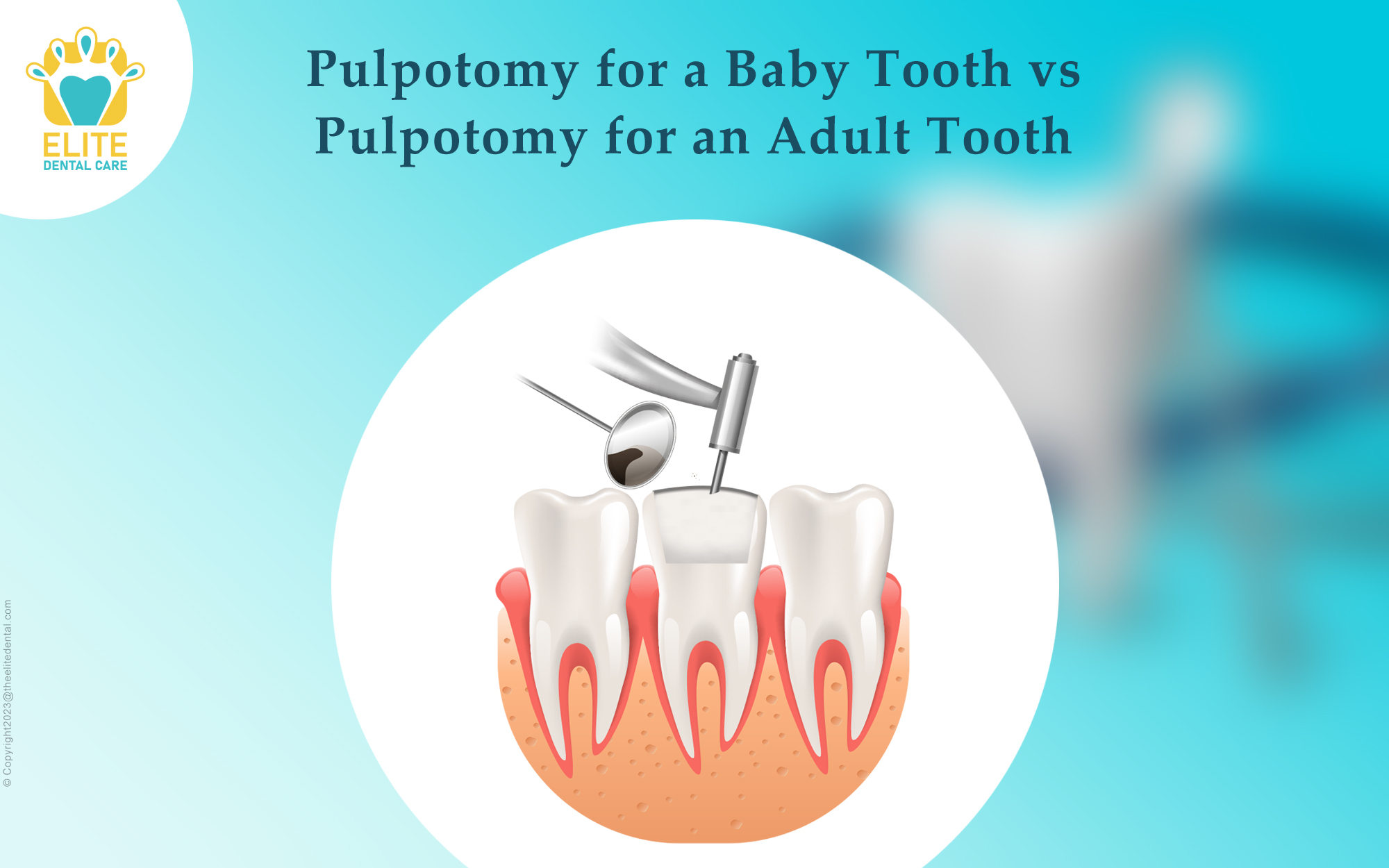Pain After Tooth Filling
The sensation of sitting in the dentist’s chair, waiting for a tooth filling, can be anxiety-inducing for many. While the procedure itself is relatively straightforward, the aftermath can sometimes be marked by discomfort. Pain after a tooth filling is a common concern for patients, and understanding its causes, severity, and duration can help alleviate some of the anxiety associated with dental procedures.
One of the primary reasons for pain after a tooth filling is the inflammation of the pulp, the soft tissue within the tooth containing nerves and blood vessels. When a dentist prepares a tooth for a filling, they must remove decayed portions of the tooth, which can irritate the pulp. This irritation can lead to inflammation, causing the pulp to swell. Since the pulp is enclosed within the rigid structure of the tooth, this swelling can put pressure on the nerves, resulting in pain.
Another factor contributing to post-filling pain is the sensitivity of the tooth. After a filling, especially if the decay was deep, the tooth may become sensitive to temperature changes, sweet foods, or pressure. This sensitivity is usually temporary and subsides as the tooth adjusts to the filling. However, in some cases, it can be a sign of a more serious issue, such as an incomplete filling or further decay under the filling, which may require additional dental work.
The type of filling material used can also influence the level of discomfort experienced after the procedure. Traditional amalgam fillings are less likely to cause sensitivity compared to composite resin fillings. Composite fillings, while more aesthetically pleasing because they match the tooth color, can sometimes cause more sensitivity due to the bonding process and the potential for shrinkage as they harden.
Furthermore, the size of the filling can play a significant role in the amount of pain experienced. Larger fillings, which require more tooth preparation, can lead to greater irritation of the pulp and surrounding tissues, potentially resulting in more pain. On the other hand, smaller fillings typically cause less discomfort, as they involve less tooth structure removal and, consequently, less irritation to the pulp.
In addition to these factors, individual tolerance to pain and the body’s healing process can significantly influence the perception of pain after a tooth filling. Some people may experience little to no discomfort, while others may find the pain unbearable. The healing process varies from person to person, and what may be a minor issue for one individual could be a significant problem for another.
Managing Pain After a Tooth Filling
Fortunately, pain after a tooth filling is usually temporary and can be managed with over-the-counter pain relievers such as ibuprofen (Advil, Motrin) or acetaminophen (Tylenol). It’s essential to follow the dentist’s advice on pain management, as they can provide guidance based on the specific procedure and the patient’s medical history.
For sensitivity, using a desensitizing toothpaste can help alleviate the discomfort. These toothpastes contain ingredients like potassium nitrate, which helps block the dentinal tubules in the teeth, reducing the sensation of sensitivity.
In cases where the pain persists or worsens over time, it’s crucial to revisit the dentist. Persistent pain could indicate a problem with the filling, such as a high spot that needs adjustment, or it could signal the development of an infection or further decay.
Prevention of Post-Filling Pain
While some level of discomfort after a filling is unavoidable, there are steps patients can take to minimize their risk of experiencing significant pain. Maintaining good oral hygiene through regular brushing and flossing can help prevent the need for large fillings by catching decay early. Regular dental check-ups are also crucial, as they allow dentists to identify and treat issues before they become major problems.
Choosing a skilled and experienced dentist can also make a significant difference. An experienced dentist will be more adept at minimizing trauma to the tooth and surrounding tissues during the procedure, potentially reducing the amount of post-procedure pain.
Conclusion
Pain after a tooth filling is a common experience for many dental patients. While it can be uncomfortable, understanding the reasons behind this pain and knowing how to manage it can make the process less daunting. By choosing the right dental care professional, maintaining good oral hygiene, and following post-procedure advice, individuals can minimize their discomfort and ensure their teeth remain healthy and strong.
FAQ Section
How long does pain after a tooth filling typically last?
+Pain after a tooth filling can last anywhere from a few days to a couple of weeks. In most cases, the discomfort subsides within a few days as the tooth adjusts to the new filling. However, if the pain persists or worsens, it’s essential to consult with a dentist to rule out any complications.
What can I do to alleviate sensitivity after a tooth filling?
+To alleviate sensitivity after a tooth filling, you can try using a desensitizing toothpaste. These products contain ingredients that help block the dentinal tubules in the teeth, reducing sensitivity. Additionally, avoiding extreme temperatures in foods and beverages for a few days after the procedure can help minimize discomfort.
Are there any signs of complications that I should watch out for after a tooth filling?
+Yes, there are several signs of complications that you should watch out for after a tooth filling, including increased pain over time, swelling or redness of the gums, a bad taste in the mouth, or if the filling feels rough or uneven. If you experience any of these symptoms, you should contact your dentist as soon as possible for an evaluation and potential further treatment.
Can I eat normally after getting a tooth filling?
+It’s generally recommended to wait until the anesthesia has worn off before eating, to avoid biting your tongue or cheek. After that, you can eat normally, but it’s best to avoid chewing or biting on the filled tooth for a few hours. Also, avoiding hard, crunchy, or sticky foods for a day or two can help prevent discomfort and potential damage to the filling.
How often should I visit my dentist after getting a tooth filling to ensure it’s doing well?
+Regular follow-up visits with your dentist are crucial to ensure the filling is doing well and to catch any potential issues early. Typically, a follow-up visit is recommended within 6 months to a year after the filling. However, if you experience any discomfort, sensitivity, or other concerns before your scheduled check-up, you should contact your dentist for advice.

